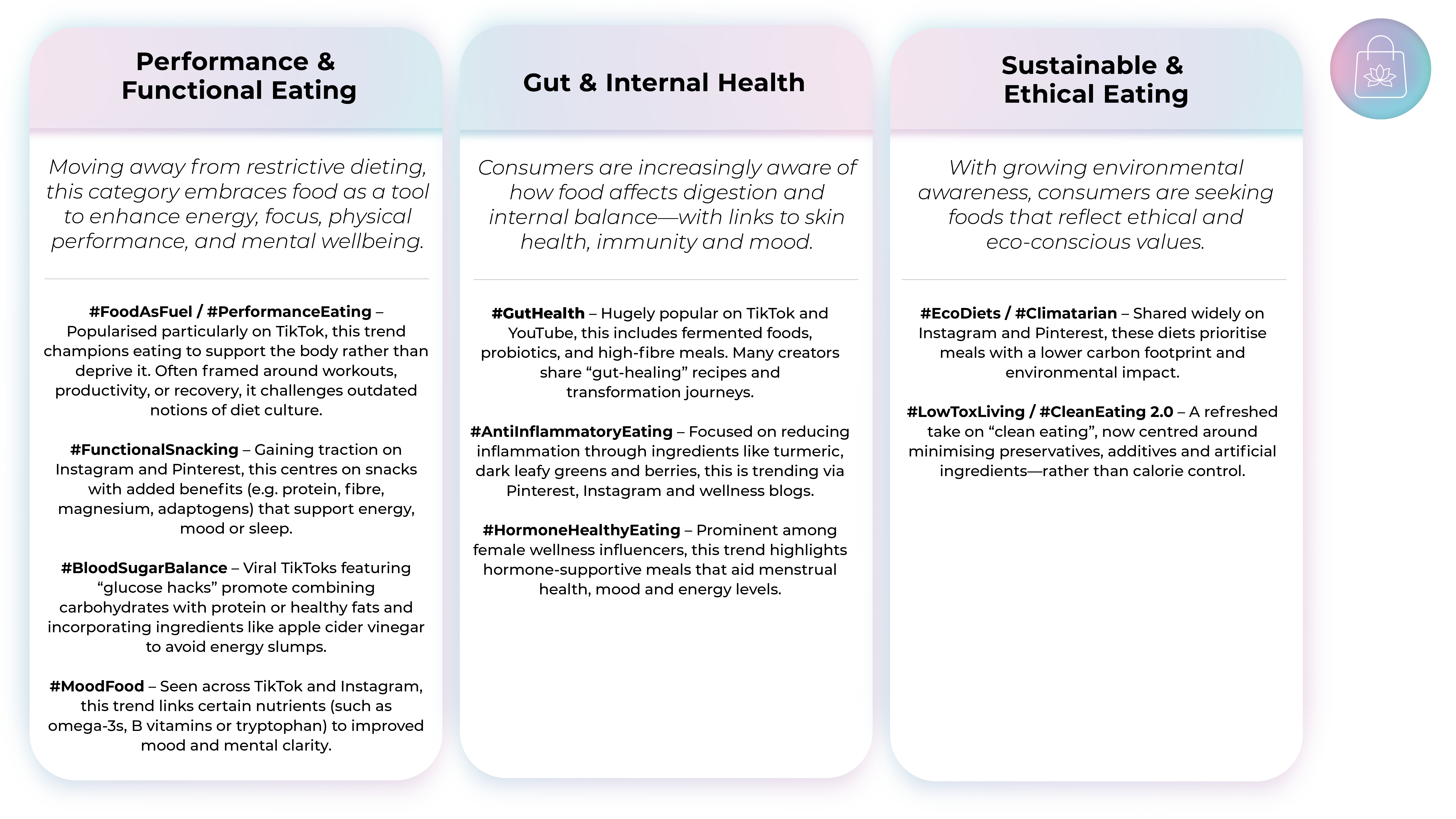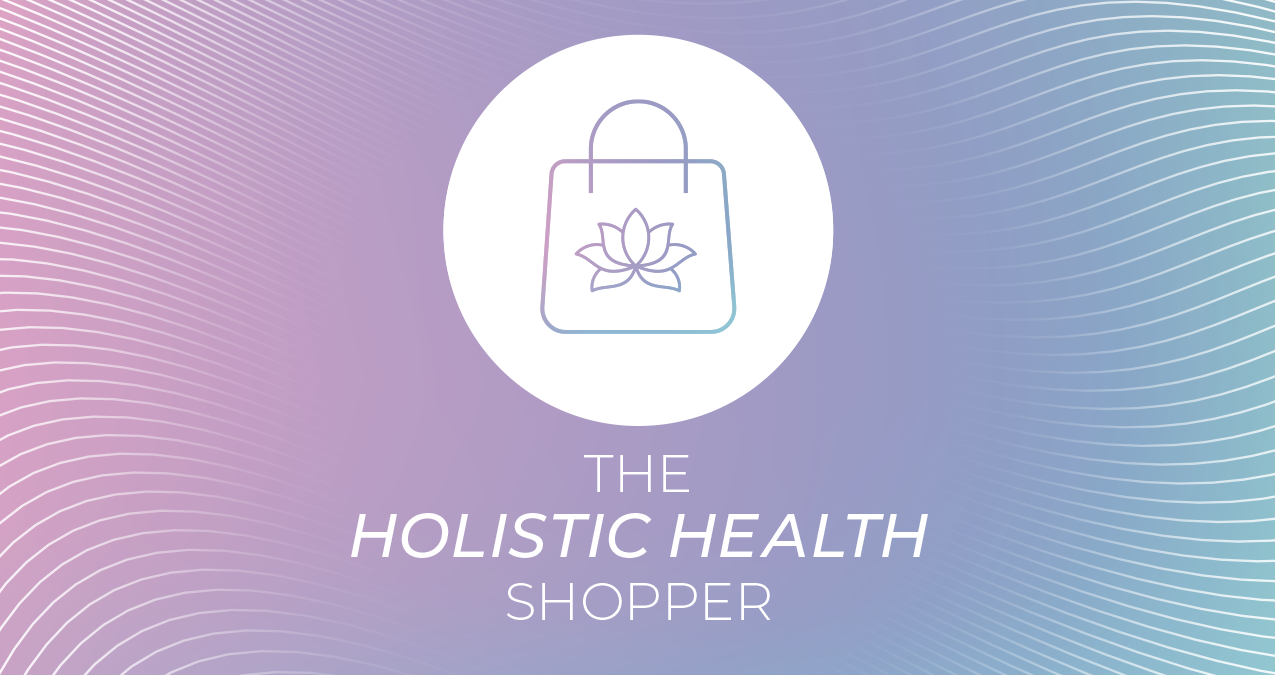
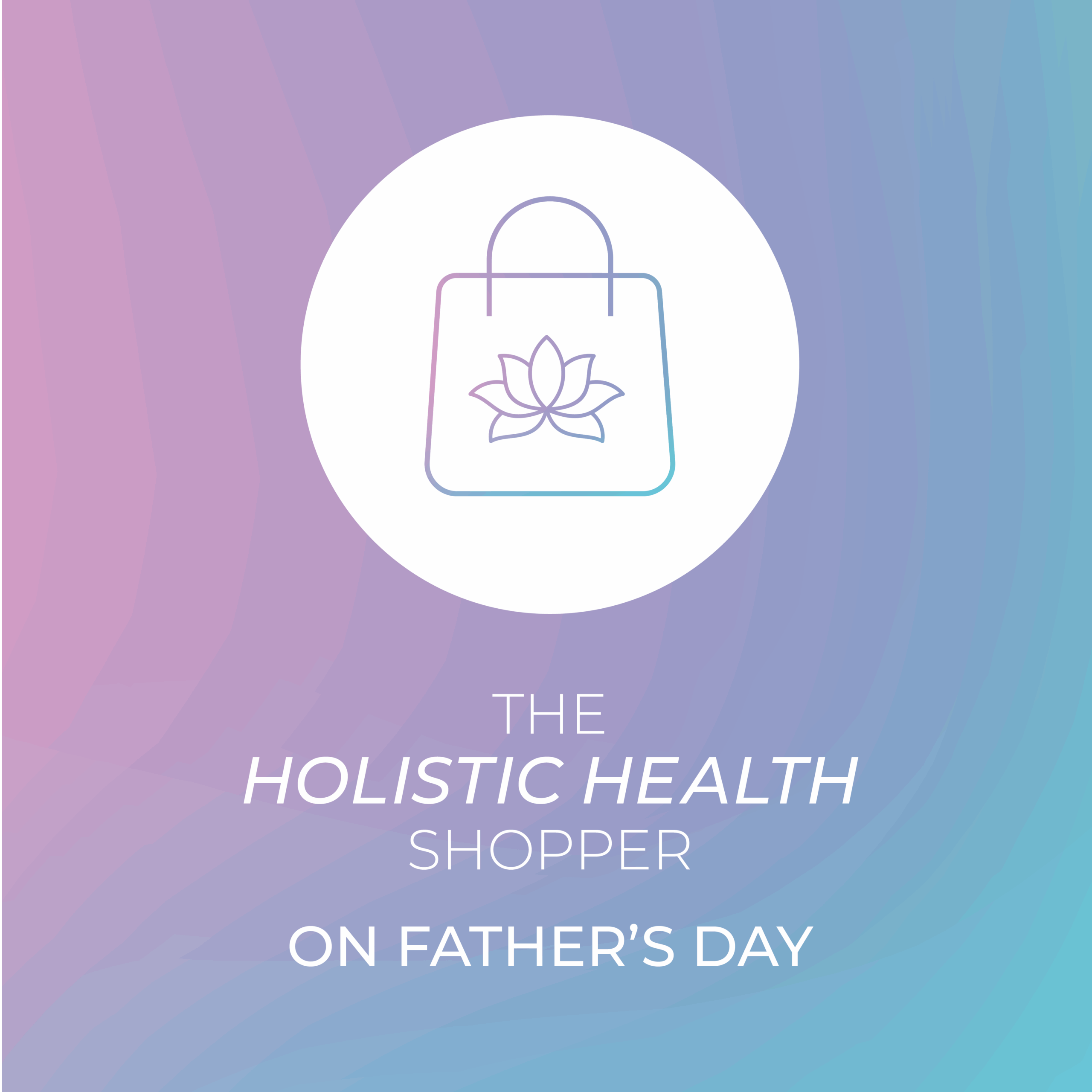
Food performance isn’t just being taught by healthcare professionals or by CPG brands via packaging cues, but also by content creators and socially active experts on media channels such as TikTok and Instagram.
Short-form videos, recipe reels, influencer-led product reviews, and aesthetic food photography all play a role in accelerating the spread and impact of these trends. From dietitians with ring lights to gym-goers decoding ingredients live on TikTok, social video lectures have become today’s nutrition classrooms. These platforms are rapidly reshaping consumer understanding of what food should do for you mentally, physically, and emotionally, which is changing what lands in their baskets.
Easy ‘click to buy’ not only sees social media sites rising in popularity for education, inspiration but also a fast-growing commerce channel of the latest trends in health and wellness.
56% of social media users say they’d change their diet based on online health content (source), the power of social education in FMCG can no longer be underestimated. The widespread content creator ‘expertise’ is relied on so much that TikTok now applies fact-checking warning labels to sensitive content ‘regardless of intent’ – in other words, AI will tell you whether what you’re hearing is likely true or good for you. Trust your personal pocket dietician at your own risk.
Why this matters for FMCG brands
Various category brands traditionally owned the health and nutrition message. Today, creators often beat them to it and in 60 seconds or less experts are debunking and deconstructing brand ingredients and claims. Creators lean into the growing trend of benefit-led products rather than the ingredients themselves.
2025 saw trend in NMN, Sea moss, miracle berries, organic Cacao, natural bee pollen, freeze dried vegetables snacks, beef tallow, etc; all hard to access outside of social commerce. It’s not just the supplement and H&B categories that are being discussed; performance of food and the benefits of specific ingrediencies are being scrutinised.
The result? Consumers now arrive at supermarkets with a checklist of supplements, ingredients, wellness claims, and benefits they’ve seen working in real life, on real people, in real time and they have an expectation to see the shelves filled with their desired products.
The current ‘Holistic Health Shopper’ is aware of the lifestyle they aspire to achieve and how different products can help them reach this via performance or routine building. This isn’t just product inspiration and light research, it’s pre-shopping education and if a product doesn’t speak the same language on the shelf, it risks being overlooked entirely.
So, when should brands respond? Arguably all brands have a part to play in at least ‘wellness’, if not food performance. Understanding when a social trend is likely going to translate into a purchasing demand for consumers is key to keeping brands relevant.
When trying to decipher how the brand can fit with cultural relevancy, various metrics from media performance can plot success. Understanding at what point the brand needs to pause, pass or react on is key in moving brand narrative and marketing strategy forward.
Cultural relevance and brand fit are not static – they combine an approach that balances timing, tone, and authenticity.
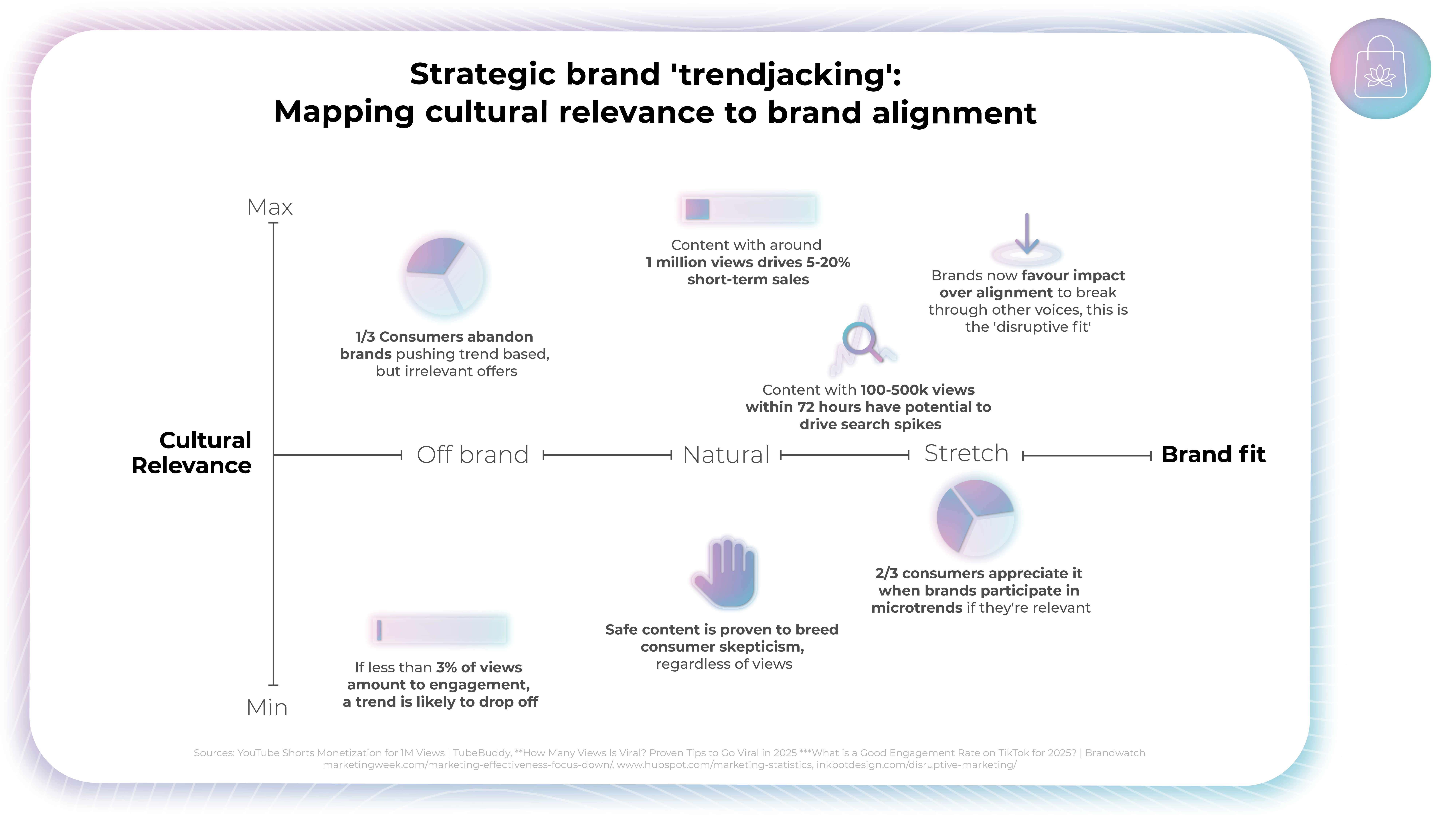
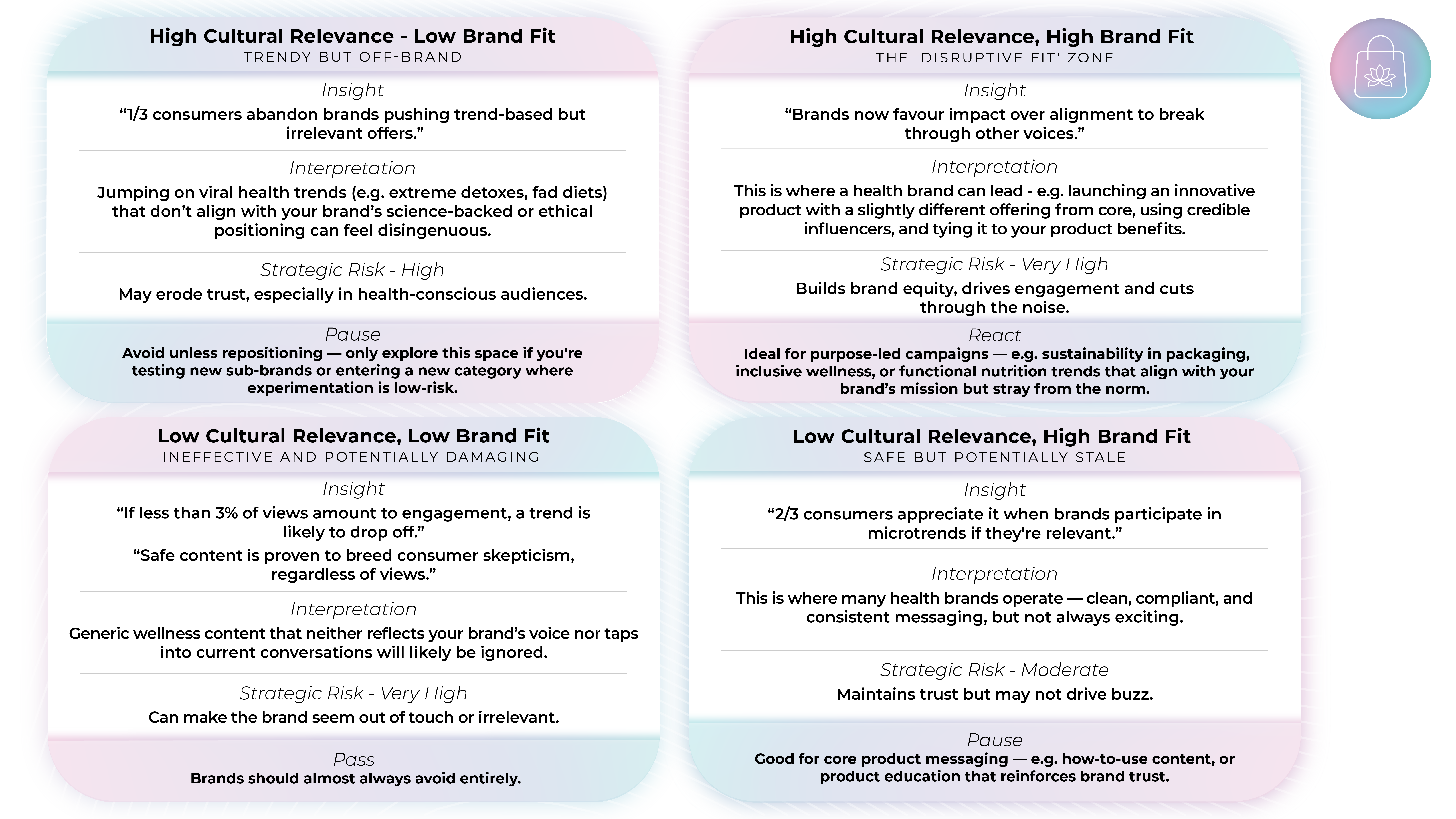
Crucially, longevity in brand relevance is built not just on reacting to the moment, but on consistently showing up in ways that feel authentic and meaningful over time. Brands that over-index on short-term trend-jumping risk eroding trust and diluting their identity. Instead, those that build a clear framework for when to pause, pass, or react – anchored in their core values and audience insight – are better positioned to sustain cultural resonance, especially when it comes to health and wellness.
Plenish & Moju leading health shots
Over the past 18 months, Plenish and Moju have led the charge in disrupting the UK functional shots category with bold, high-impact marketing. Plenish’s ‘Give It a Shot’ campaign used cheeky OOH ads across London tube stations, vending machine activations, and premium wellness messaging to broaden its appeal. Meanwhile, Moju leaned into edgy, performance-driven branding with minimalist packaging, athlete partnerships, and a strong TikTok and Instagram presence. While Plenish positioned itself as polished and plant-based, Moju brought an urban, high-energy vibe, both standing out to a slightly nuanced audience – together helping drive the shots category to over £42m in value and turning a niche health habit into a mainstream ritual (source).
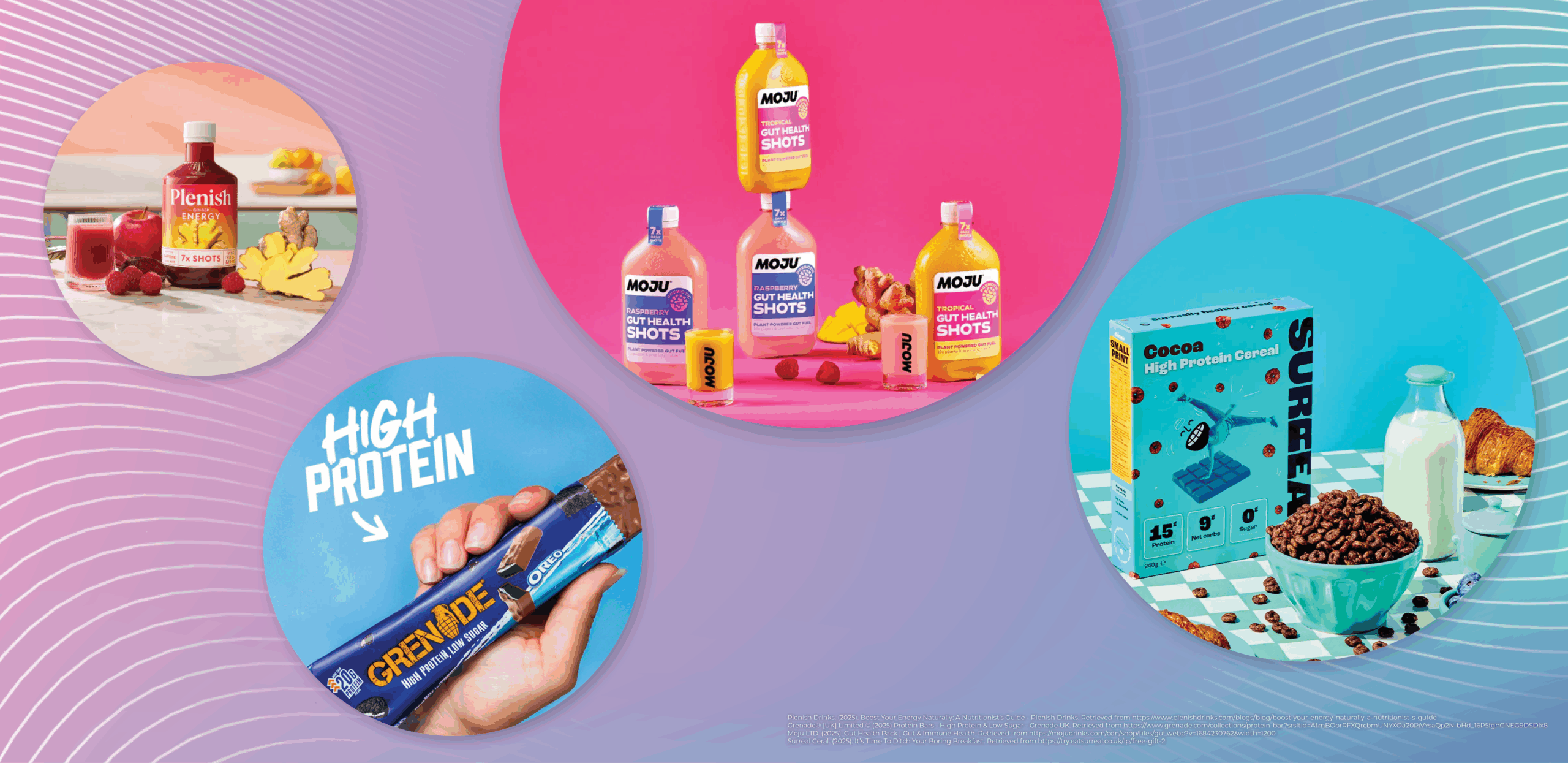
Grenade as the ultimate disruptive functional snack
Grenade has redefined the protein bar space with bold, flavour-first marketing that makes healthy snacking feel indulgent and accessible. Its standout 2023 partnership with Oreo drove mass appeal, positioning its bars as legitimate confectionery competitors, not just gym fuel. Backed by disruptive in-store theatre like vibrant POS displays and strategic impulse-aisle placement, Grenade has captured both health-conscious and mainstream snackers. The brand’s irreverent tone, punchy social content, limited-edition and unmistakable grenade icon drops keep it culturally relevant, while its high-protein, low-sugar credentials ensure it stays rooted in wellness. This balance of function and fun has made Grenade a category leader in the UK and beyond.
Brands like Surreal, Plenish, Moju, and Grenade have shown what’s possible when performance, wellness, and culture collide, driving growth by aligning functional benefits with bold, socially resonant storytelling. Their success proves that when products tap into modern wellness language and platform-native behaviours, they don’t just sell, they lead movements.
So, where can other categories follow suit? Below is a breakdown of key wellness-driven food spaces where consumer interest is rising fast, but where brand presence, messaging, and innovation still have room to grow:
